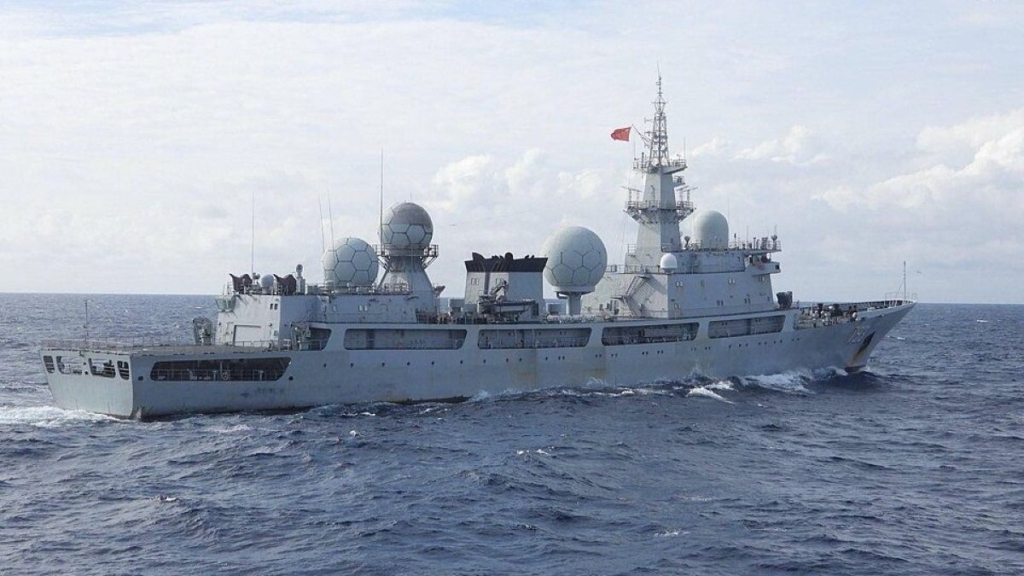
作者/Author(s): Gregory Poling
網站來源/Source: War on the Rocks
日期/Date: 07/25/2025
關鍵字/Keywords: 軍事、南海、脅迫
摘要:
美國認為,中國對南海的脅迫行動及不斷升高緊張情勢等作為未能有效宣示其主權聲索,甚至加強了其他聲索國抵抗中國威脅的決心。
灰色地帶行動的成功
灰色地帶行動的成功
- 習近平於2013年提出「中國夢」戰略藍圖,積極提升中國作為海洋強國的地位,收復東海與南海失土。中國在成功奪取黃岩島控制權後,更加自信地主張對南海所有海洋特徵的主權。
- 中國還違反國際法,以歷史權利作為其南海主權的聲索基礎。此後中國變得更具侵略性,甚至在部分島礁上建設軍事設施,擴大前線存在。
- 中國的南海行動主要依靠海警,協同海上民兵與中國人民解放軍海軍提供支援,不斷騷擾鄰國,擴大在其他聲索國海域的存在,甚至阻止其他聲索國前往合法領海。
- 北京當局認為,靠著施加壓力與非致命性脅迫即可達成戰略目標,因此限制海警與民兵使用致命武力,避免情勢升級或招致國際譴責。
- 中國的灰色地帶脅迫行動在2021年前曾取得一定成效,但之後便不再有效。
Summary:
The U.S. judged that Chinese maritime coercion and vicious cycle of brinkmanship in the South China Sea had failed to assert its sovereignty claims and had even reinforced the resolve of other claimants to resist Chinese intimidation.
Successes in the Gray Zone
Successes in the Gray Zone
- Xi introduced the "China Dream" strategic blueprint in 2013, aiming to elevate China's position as a maritime power and reclaim its lost territories in the East and South China Seas. China successfully seized the Scarborough Shoal and became more confident in asserting its claims over all maritime features in the South China Sea.
- China also contradicted international law by claiming the South China Sea based on historical rights. China became more aggressive and even installed military infrastructure on some islets to increase its forward presence.
- The Beijing government relied primarily on its Coast Guard, supported by the maritime militia and the PLA Navy, to harass its neighbors, maintain a presence in the waters of other claimants, and even block other claimants from proceeding to their rightful territories.
- Beijing believes it could achieve its ambitions using only pressure campaigns and non-lethal coercion, thereby limiting its Coast Guard and militia from using lethal force. It would also prevent unwanted escalation and international criticism.
- China's gray zone aggression had been successful before 2021, but it has been ineffective since then.
